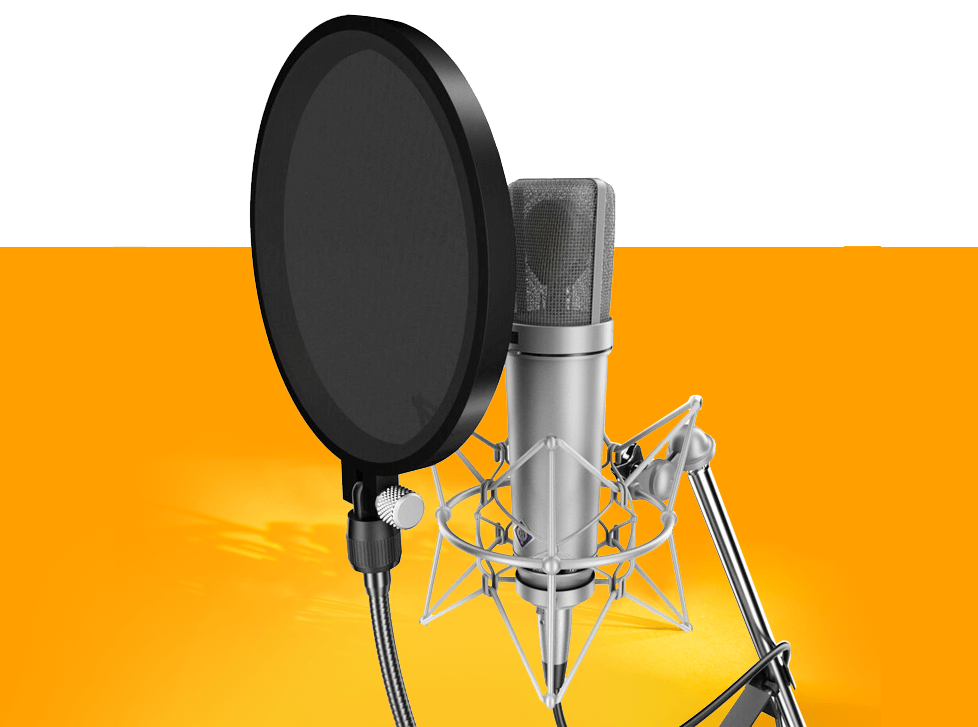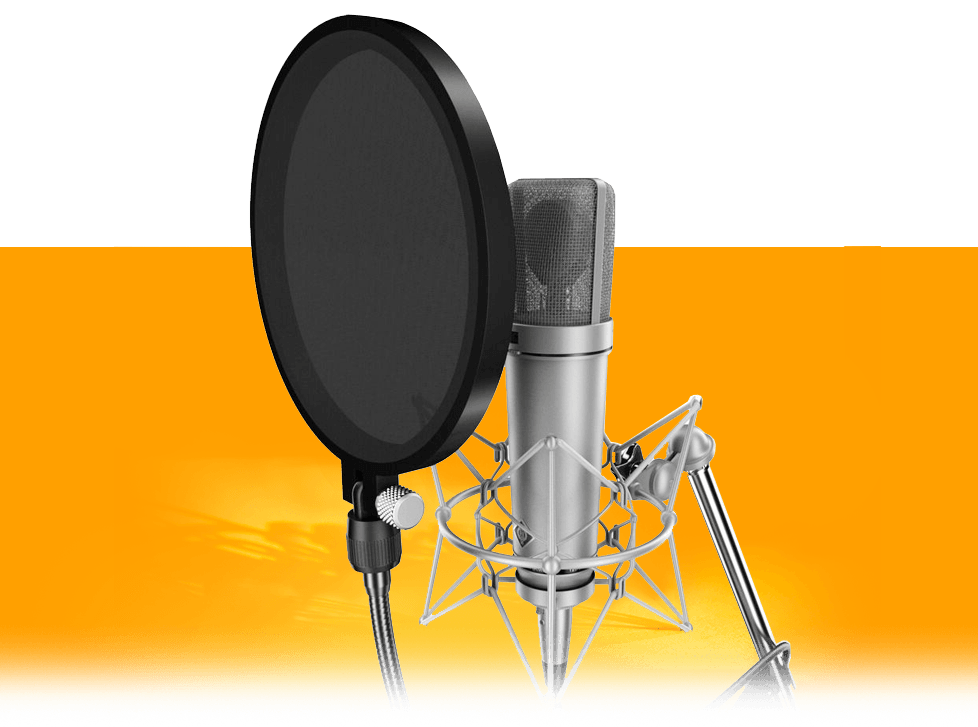Four Pre-Mixing Tips to Improve Your Song
Jeremy Alves | Apr 19, 2018
Recording and mixing is your craft so it’s no surprise that you want your projects to sound the best they can possibly be. Luckily for you, we have some free tips on how to help you achieve a great, professional sound for all of your recording and mixing endeavours.
While it’s not “sexy” to talk about being organized, preparing both yourself and your layers will help you in big ways once you get mixing.
Gear Up
First, let’s talk about gear. If you run a home studio, or if you’re a part of the building process for a purpose-built studio, one of the most exciting parts is picking out equipment. It may seem obvious, but when it comes to purchasing new equipment, always get the best quality you can afford. It’s like buying a car: you may not be able to afford a new one for a very long time, so you want to make sure that it a) fits your needs, and b) will last until then. This mostly has to do with purchasing mics and studio monitors. Gear like cables, stands and headphones are easily replaced, so you can leave a bit more wiggle room there.
If you don’t have a lot of cash that’s okay. Monitors like the KRK Rokit 6 Gen 3 won’t run you more than $300 for the pair and have relatively good range and an especially detailed bass response. Whatever you end up with, before you get into recording mode, you need to — and I mean need to spend some quality time with those speakers. Listen to a song you know really well, and get to know how they sound. Compare it to how you’ve heard it on other speakers. Getting a feel for their sound will help you down the line what your finished product will sound like outside of the studio.
Fewer Recordings the Better
Contrary to what you may think, the fewer recordings to work with the better — as long as you have what you need.
When it comes to recording your artist, you have to be ruthless. Unfortunately you can’t control how prepared they are when they walk in your studio, but they should show up knowing their parts and be well rehearsed.
Why? Well for many reasons. The first is that your time is precious. Spending all day recording one drum track is a waste of your time and a waste of their money. Secondly, the fewer recordings of a given instrument means less time deciding which one is best. Aim for three really good takes, and cut them off after six tries. If they still don’t have it by that time they might not be ready to record, so move on.
Click edit button to change this text.
Always Be EQing
One thing we’ve come back to time and time again is the importance of equalizing your tracks. This is another sort of post-record, pre-mix tip that will save you a lot of hassle later on. Once you’ve recorded all your tracks and compiled them into the proper buses and groups, you need to spend some time going through your tracks cutting out redundant noise.
Just because you can’t hear the really low frequency of an instrument, doesn’t mean that it’s not going to affect your mix. You want to leave yourself as much headroom as possible because it might clash with another instrument or vocal layer, muddying up the track. This leads us to our next point:
Frequency Grouping
This should be done before you start changing the EQ on tracks: organizing your tracks by what frequency zone they belong to. Mainly this is an organizational trick that you will want to make either a mental note of, or writing it down. I wouldn’t exactly suggest setting up your busses this way, but that is up to you. Get as meticulous as you want with the groupings if you want, but if not stick to the main three at the very least: low end, mid levels, and high end. What it is you are determining is how you plan on filling out the frequency spectrum, while minimizing overlap.
For instance, you may decide to fill out the low end (roughly 250Hz and under) with kick drum, a sub-bass, bass guitar and a low synth skimming the top.
Knowing what tracks are supposed to fill out a certain section of the frequency range will help you when it comes to cutting out EQ. If you fill out the range you’re going to end up with a really full sounding finished product.
Ready to Start?
OIART's Audio Program Includes:
✓ Small Class Sizes
✓ On Site Facilities
✓ Industry Leading Instructors
✓ Post Grad Support & Guidance
✓ Exclusive 11 Month Program
Have Questions?
If you have questions about our audio engineering and music production program or would like to book a tour, we would be pleased to speak with you.
Text Us: 519.200.4151
Apply in 4 Steps!
Step 1: Click apply now.
Step 2: Answer 8 questions about yourself.
Step 3: Upload supporting documents.
Step 4: That's it! You are done.
Your Future Is Sound
OIART is a unique school and program like you’ve never experienced before →


Your Future Is Sound
OIART is a unique school and program like you’ve never experienced before →
Your Future Is Sound
OIART is a unique school and program like you’ve never experienced before →

About Us
OIART is a unique school and program like you’ve never experienced before.
502 Newbold Street London, ON.
Quick Links
School Life
Get In Touch
If you have questions about our audio engineering and music production program or would like to book a tour, we would be pleased to speak with you personally.
O.I.A.R.T. Inc. | Privacy Policy | Sexual Violence and Harassment Policy | Terms of Use | Website design by Plasmid144 Digital Marketing
All Rights Reserved
